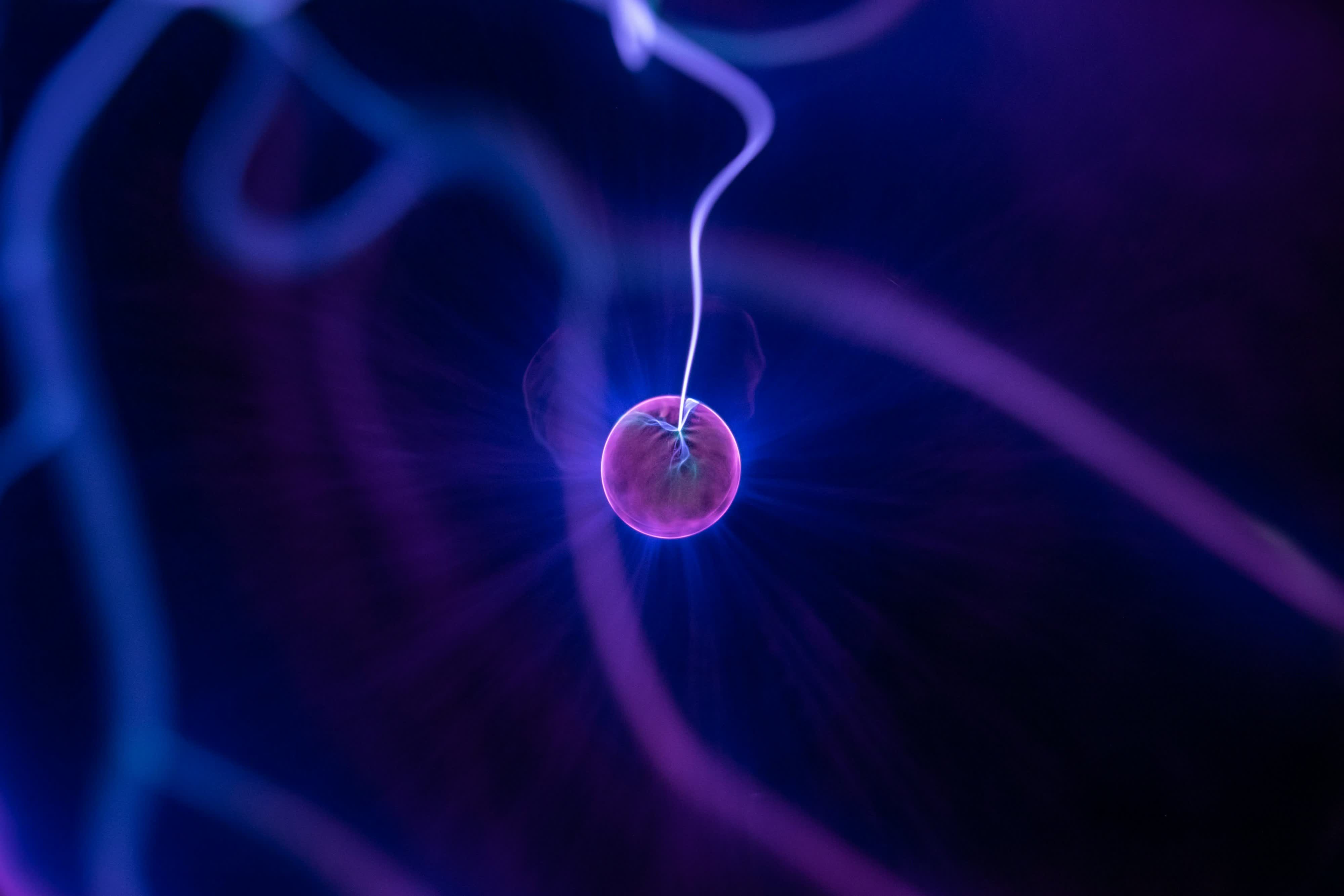Forward-looking: As rechargeable lithium-ion (Li-ion) batteries power everything from smartphones to electric vehicles, their limitations are becoming increasingly evident. Frequent recharging and environmental concerns related to lithium mining and battery disposal have prompted researchers to seek alternatives.

A team led by Su-Il In, a professor at South Korea's Daegu Gyeongbuk Institute of Science and Technology, is developing an innovative solution: radiocarbon-powered nuclear batteries that could last for decades without needing a recharge. Professor In presented his team's findings at the American Chemical Society's Spring 2025 meeting, held March 23 – 27. The conference featured approximately 12,000 presentations on scientific advancements.
The research addresses the growing demand for durable and sustainable power sources, as connected devices, data centers, and advanced technologies continue to push the capabilities of Li-ion batteries to their limits. "The performance of Li-ion batteries is almost saturated," In said, explaining why his team turned to nuclear batteries as an alternative.
Radiocarbon offers several advantages over other radioactive materials: it is inexpensive, readily available as a by-product of nuclear power plants, and easy to recycle. Most importantly, it degrades extraordinarily slowly, with a half-life of 5,730 years.
Nuclear batteries generate electricity by harnessing high-energy particles emitted during the radioactive decay of certain materials. Unlike conventional nuclear energy sources such as uranium or plutonium – which emit harmful gamma rays – In's design uses carbon-14, a radioactive isotope known as radiocarbon.
Radiocarbon emits only beta particles, which are less harmful and can be safely contained with a thin sheet of aluminum. This makes betavoltaic batteries, which convert beta radiation into electricity, a promising candidate for compact and safe energy solutions. Radiocarbon offers several advantages over other radioactive materials: it is inexpensive, readily available as a by-product of nuclear power plants, and easy to recycle. Most importantly, it degrades extraordinarily slowly, with a half-life of 5,730 years.
This means a radiocarbon-powered battery could theoretically provide power for thousands of years without needing replacement. "I decided to use a radioactive isotope of carbon because it generates only beta rays," said In.
The team's prototype betavoltaic battery incorporates advanced materials to maximize energy conversion efficiency – a critical challenge in nuclear battery design. At the heart of the battery is a titanium dioxide-based semiconductor commonly used in solar cells.

By incorporating radiocarbon on both the cathode and anode, this dye-sensitized betavoltaic cell achieves greater energy-conversion efficiency.
This material was treated with a ruthenium-based dye and strengthened with citric acid to create a highly sensitive structure capable of efficiently converting beta radiation into electricity.
Beta particles emitted by radiocarbon strike the ruthenium-based dye on the semiconductor, triggering a cascade of electron transfer reactions known as an "electron avalanche." These reactions generate electricity, which the titanium dioxide layer collects and passes through an external circuit. This process is central to the battery's ability to produce usable power.
A key factor in In's design was placing radiocarbon in both the anode and cathode of the battery – a departure from previous designs that used radiocarbon exclusively on one electrode. This dual-site configuration increased the generation of beta particles while minimizing energy loss caused by the distance between electrodes.
The results were striking: testing revealed that this approach boosted the battery's energy conversion efficiency from 0.48 percent in earlier designs to 2.86 percent in the new prototype – a nearly sixfold improvement.
Despite this progress, radiocarbon batteries still lag behind Li-ion batteries in terms of power output. Li-ion batteries typically achieve energy conversion efficiencies of around 90 percent. However, what these nuclear batteries lack in immediate performance, they make up for in longevity and reliability. Their ability to function for decades without recharging opens up new possibilities across various industries.
For instance, pacemakers powered by radiocarbon batteries could last a patient's entire lifetime, eliminating the need for risky surgical replacements. Other potential applications include powering remote sensors in harsh environments, satellites that require long-term energy solutions in space, and even drones or self-driving vehicles where frequent recharging is impractical.
In acknowledges that further optimization is needed to enhance the performance of these nuclear batteries. Efforts are underway to refine the shape of beta-ray emitters and develop more efficient absorbers to increase power generation. Nevertheless, he remains optimistic about their potential impact. "We can put safe nuclear energy into devices the size of a finger," he said, envisioning a future where nuclear energy is no longer confined to large power plants but integrated into everyday technology.
The research was funded by Korea's National Research Foundation and supported by the Daegu Gyeongbuk Institute of Science and Technology Research and Development Program under Korea's Ministry of Science and ICT.

